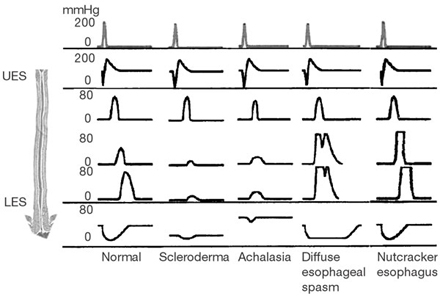Figure 2 - Motility patterns in esophageal smooth muscle disorders.
From the following article
W.G. Paterson, Raj K. Goyal and Fortunée Irene Habib
GI Motility online (2006)
doi:10.1038/gimo20

In normal individuals, the upper and lower esophageal sphincters (UES and LES) appear as zones of high pressure. With a swallow (indicated by pharyngeal contractions), pressure in the sphincters falls and a contraction wave that starts in the pharynx progresses down the esophagus. In scleroderma, the esophageal contractions as well as LES are hypotensive. In contrast in achalasia, the LES is hypertensive and fails to relax with swallows; esophageal contractions are nonperistaltic. In diffuse esophageal spasm, a large number of esophageal contractions are nonperistaltic; the amplitude of the contractions may be increased, normal or decreased. In nutcracker esophagus, the esophageal contractions are peristaltic but of large amplitude. (Source: Modified from Goyal RK. Harrison's Principles of Internal Medicine. New York, McGraw Hill, 2005. pp 1739–1745.)
Powerpoint slides for teaching
If the slide opens in your browser, Select "File > Save as" to save it.
Download Power Point slide (426K)
